Night Skin Care Routine for Glowing Skin
The Perfect Nighttime Steps to Wake Up with Bright Skin
Sooo, you want a night skin care routine for glowing skin that won’t break the bank?
I got you!
While it may seem like a lot of work at first, a nighttime skincare routine can be a relaxing and enjoyable end to your day that has big benefits for your skin.
In this post, I’ll explain the differences between a morning routine and a nighttime routine.
I’ll also show you how to structure a nighttime skin care routine for all skin types.
Morning vs. Night Skincare Routine
One aspect of skincare that many people overlook is the difference between a morning skincare routine and a night skin care routine.
Morning Skin Care Routine
The primary focus of your morning skincare routine should be protection.
This means using products with antioxidant ingredients like vitamin C and applying sunscreen.
This will protect your skin from free radicals from UV rays and sun exposure.
Nighttime Skin Care Routine
In contrast, the primary focus of your daily night skin care routine is to let your actives work overnight.
This is when you can use ingredients like exfoliants and retinoids.
Applying them overnight will allow you to wake up with healthy skin.
Morning vs. Nighttime Skincare
Overall, the vast majority of facial skincare should be done in the evening before bed.
Morning products should be limited to just a few.
This also gives you some leeway in case you’re rushing to get to work in the morning.
By taking the time to moisturize, hydrate, and care for your skin before bed, you’re giving it the best chance to repair itself while you get your beauty sleep.
Plus, you’ll be cleansing away all the makeup, sweat, dirt, oil, and other substances that accumulate on your face throughout the day.
So, without *much further ado, let’s dive into a night skin care routine for glowing skin!
(*Remember, this is meant to be a comprehensive guide so it covers every step, but you absolutely do not need to do every step!)
I. Cleansers
The first step in any skincare routine is cleansing.
This is an important step because it removes dirt, oil, and other impurities from your skin, leaving it feeling clean and refreshed.
I typically suggest cleansing with lukewarm or cold water as hot water can dry you out.
There are several types of cleansers to choose from, including:
Some women may also benefit from a skin care product like cleansing balm or micellar water as makeup remover.
You can include either of these with the cleansers listed above in a process called double cleansing.
Hydrating Cleansers
This kind of gentle cleanser is great for people with dry or sensitive skin.
Prequel’s Glycerin Cleanser (aka Gleanser) is a great example.
It’s packed with 50% glycerin, which helps your skin hold onto moisture while still washing away dirt, oil, and makeup.
You’ll also find calming ingredients like oat extract, aloe vera, and inulin, which make it super soothing if your skin is feeling tight, flaky, or irritated.
The texture is light and silky, and it won’t leave your skin feeling stripped or squeaky.
It’s water-based, fragrance-free, and non-comedogenic, so it’s safe even for super sensitive skin types.
Bonus: it’s also been shown to improve symptoms of rosacea in just one week.
Exfoliating & Foaming Cleansers
Yepoda’s Bubble Double is a foaming cleanser that combines gentle exfoliation with a deep clean, thanks to salicylic acid and pomegranate extract.
These cleansers slough off dead skin cells and get rid of clogged pores. They usually contain exfoliating acids like alpha hydroxy acids (AHAs) or beta hydroxy acids (BHAs), which help improve texture and brighten dull skin.
As the name suggests, this type of face wash creates a lather when mixed with water.
It’s ideal for oily or combination skin and works especially well as the second step in a double cleanse.
If you’re dealing with breakouts, clogged pores, or skin that just looks a little blah, this might be the cleanser for you.
II. Toners
After cleansing, the next step in your nighttime skincare routine is toning.
To be fair, toners may not be a necessary step for everyone.
However, they can be a great addition to your skincare routine if you’re looking to boost hydration and protect your skin barrier.
Benefits of Toners
Essentially, toners help to balance the pH of your skin and prepare it for the next steps in your skincare routine.
They can also help to remove any remaining impurities or traces of makeup that your cleanser may have missed.
Some toners even contain ingredients like antioxidants and anti-inflammatory agents that can help to improve the overall health and appearance of your skin.
How to Use Toners
To use toners in your night skincare routine, apply a small amount to a cotton pad and swipe it over your skin after cleansing.
You can also pour a small amount into your palms and pat it into your skin if you prefer.
The latter is what I do!
One of the most important benefits of certain toners is that they can increase your skin’s ability to absorb your other skincare products, such as serums and moisturizers.
So, if you’re using active ingredients like retinoids or exfoliants, adding a toner can help to ensure that these products are able to penetrate the skin effectively.
Depending on your skin type, you might not react well to a toner. Make sure to patch test anything new before you try it!
III. Retinoids
If you’re serious about anti-aging, retinol should be a key part of your nighttime skincare routine.
Retinoids are derivatives of vitamin A that can:
Stimulate collagen production
Improve the texture of your skin
Reduce the appearance of fine lines and wrinkles
Types of Retinoids
There are several types of retinoids to choose from, including retinol, adapalene, and tretinoin:
Retinol: an over-the-counter form of retinoid that is widely available in a variety of skincare products. It is a less potent form of retinoid, but it can still be effective at improving the appearance of the skin.
Adapalene: The only over-the-counter retinoid, also known as Differin. It is more potent than retinol and specifically targets acne.
Tretinoin: a prescription-strength retinoid that is even more potent than adapalene. It is often used to treat more severe cases of acne as well as to improve the appearance of fine lines and wrinkles.
How to Use Retinoids
To use these skin care products in your night skin care routine, apply a pea-sized amount to your your face and neck after your cleanser and/or toner.
Gently massage it in until absorbed.
If you’re new, make sure to start with a low-strength retinoid and gradually increase the strength as your skin becomes accustomed to it.
You may also want to start by using a retinoid only 2-3 times per week and gradually increase the frequency as your skin becomes more tolerant.
Be warned that you may experience flaky skin as your initially adjust to it!
Some people may not be able to tolerate retinoids at all in their nighttime skincare routine.
In that case, I suggest you consider exfoliants instead!
IV. Exfoliants
Exfoliating your skin is an important step in any skincare routine, as it helps to remove dead skin cells and unclog pores.
This can improve the overall texture of the skin and help to prevent the build-up of excess oil and impurities that can lead to acne.
There are several types of exfoliants to choose from, including:
AHAs
BHAs
Polyhydroxy acids (PHAs)
AHAs
AHAs are water-soluble exfoliants that work by dissolving the bonds between dead skin cells, allowing them to be easily washed away.
Similar to hyaluronic acid, they can bind to water which may give you a hydration boost!
They’re also good for evening out skin tone by getting rid of dark spots.
BHAs
These are oil-soluble exfoliants that work by breaking down the build-up of oil and dead skin cells in the pores.
The most common BHA found in skin care routines is salicylic acid.
BHAs are great for people with oily or acne-prone skin, as they improve overall texture.
PHAs
These are a newer type of exfoliant that are similar to AHAs, but they are larger molecules that are less likely to irritate the skin.
They are great for people with sensitive skin or those who want to exfoliate gently.
How To Use Exfoliants
To use exfoliants in your night skin care routine, apply a small amount after cleansing and toning.
Be sure to follow the instructions on the product, as some exfoliants may need to be left on the skin for a certain amount of time before being rinsed off.
It’s also important to use a moisturizer after exfoliating because they can be pretty drying.
Which brings us to . . .
V. Eye Cream
While eye cream may not be a necessary step in everyone’s skincare routine, it can be a great addition for people who want a boost beyond night creams.
Eye creams are specifically formulated for the delicate skin around the eyes and can help to reduce the appearance of fine lines, wrinkles, and dark circles.
Benefits of Eye Cream
Do you need eye cream in your night skin care routine?
It really depends on your specific skin concerns and needs.
If you’re dealing with dry or dehydrated skin around the eyes, an eye cream can help to moisturize and plump up the area
If you’re dealing with fine lines or wrinkles, an eye cream with anti-aging ingredients like retinol or peptides can help
If you’re dealing with dark circles or puffiness, an eye cream with ingredients like caffeine can be good to reduce blood circulation. However, this is best kept for a morning routine.
To use eye cream in your night skin care routine, apply a small amount to your finger and gently pat it into the skin around the eyes.
Avoid pulling or tugging as this area is so delicate.
Recommended Eye Creams
Sunday Riley's Auto Correct Brightening and Depuffing Eye Contour Cream
This eye cream instantly brightens, lifts, and depuffs.
Caffeine and Brazilian ginseng help reduce puffiness and dark circles fast, while antioxidants and plant extracts smooth fine lines and hydrate the delicate under-eye area.
Great for both tired mornings and nighttime repair.
NIOD's Fractionated Eye-Contour Concentrate
A super-concentrated eye serum with 28 active ingredients.
This one targets everything: crow’s feet, dark circles, puffiness, sagging, and fine lines.
Peptides, antioxidants, and drone-like delivery tech help firm, smooth, and hydrate for serious anti-aging results.
Hero Bright Eyes
A lightweight, tinted eye cream with niacinamide and caffeine to brighten dark circles and smooth puffiness.
The luminizing tint adds a subtle glow and works well under concealer or on bare skin.
VI. Moisturizer
Moisturizing is arguably the most important step for skin health.
Truthfully, no night skin care routine for glowing skin would be complete without it!
There are several types of moisturizers to choose from, including gels, lotions, creams.
Gel Moisturizers
Gel moisturizers are great for people with oily or acne prone skin as they tend to be lightweight and non-greasy.
They are absorbed quickly into the skin.
Lotions
Lotions are a more traditional type of moisturizer that tends to have a thicker consistency than gel moisturizers.
They are great for people with normal to dry skin.
Creams
Creams are the thickest type of moisturizer and are usually best for people with very dry or mature skin.
They tend to be more nourishing and hydrating than other types of moisturizers.
Night Creams
The term “night cream” typically refers to a cream moisturizer that is formulated with retinyl palmitate.
You would not want to use a retinoid and a night cream in the same routine.
By applying your moisturizer after a good toner, you’ll help keep your skin hydrated.
To use a moisturizer in your night skin care routine, apply a small amount to your face and neck after cleansing, toning, and applying any active ingredients like retinoids or exfoliants.
Be sure to apply your moisturizer to damp skin to increase absorption.
VII. Oils
Similar to a hydrating mask, oils can be a nice addition to a winter routine.
There are several types of facial oils to choose from, including argan oil, coconut oil, jojoba oil, and rosehip oil.
My personal favorite oil is rosehip oil, as it is noncomedogenic, which means it won’t clog pores.
To use oils in your night skin care routine, apply a small amount to your face after your moisturizer has soaked in.
You can also mix a few drops of oil into your moisturizer or night cream if you prefer.
VIII. Occlusives
While not everyone will need to use occlusives in their skincare routine, they can be a great option for people with extremely dry or dehydrated skin concerns.
Occlusives are products that create a waxy barrier to help lock in moisture. Some popular occlusives include vaseline and lanolin.
To use occlusives in your night skin care routine, apply a light layer around your eyes, your lips, and any other areas where your skin may be dry, dehydrated, or irritation.
Typically, I do not suggest applying occlusives over retinoids or exfoliants.
Any time that I’ve done this, I’ve always woken up to some some of unexpected irritation. Your mileage may vary.
In Conclusion
There you have it!
A complete night skin care routine for glowing skin. Remember, the most common order to apply skincare in is:
Cleanser
Toner
Retinoid
Eye cream
Moisturizer
Oil
Occlusive
However, this is just a guide and you absolutely do not have to do every step.
Depending on your specific products, you may have to change the order up.
In general, we apply in order from “thinnest and wateriest” to “thicket and oilest”.
Don’t be afraid to experiment with different products and ingredients to find what works best for your skin.
And above all, be consistent with your skincare routine, as it takes time and dedication to see real results.
I hope this article has been helpful and has inspired you to take better care of your skin!
Cheers,



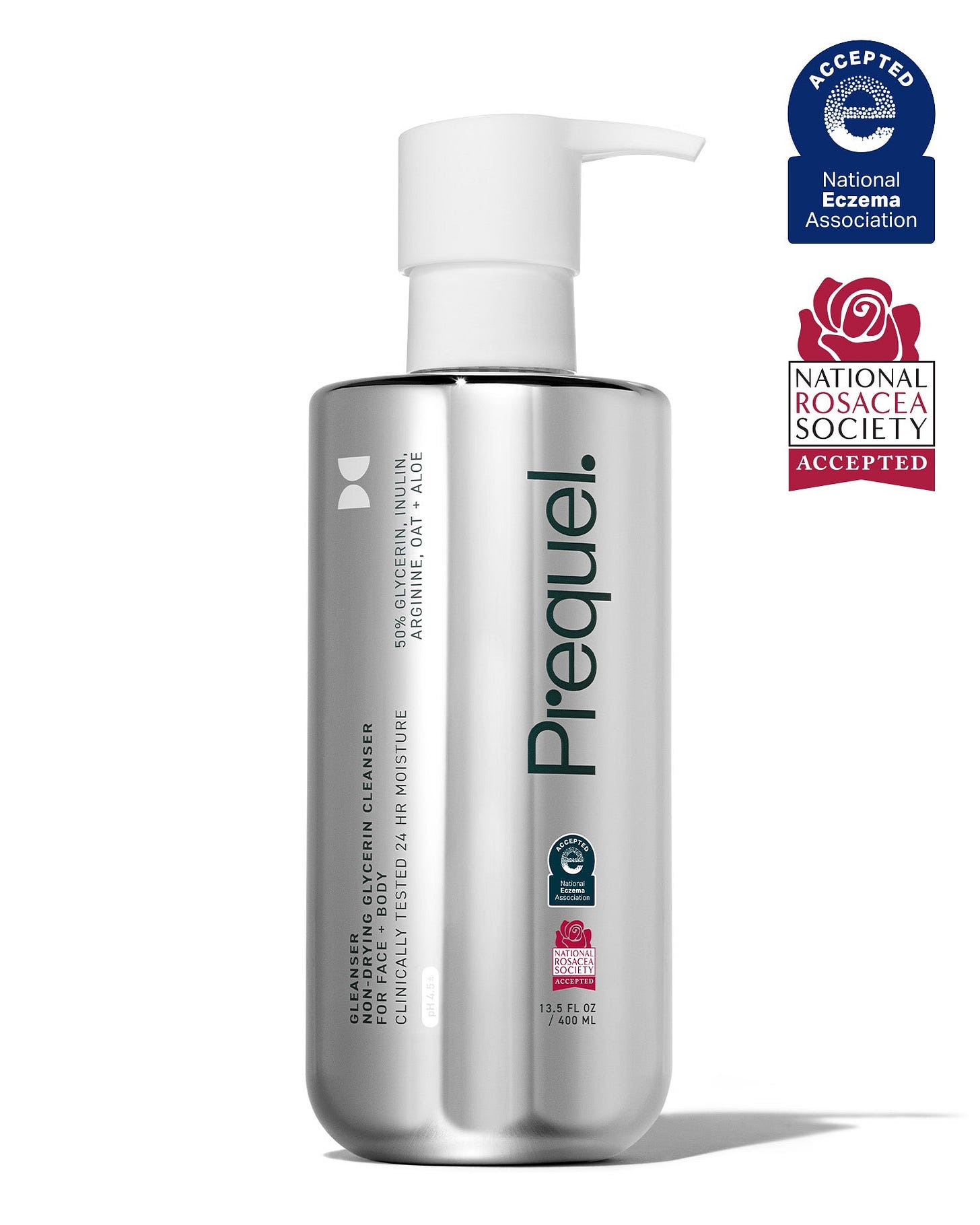



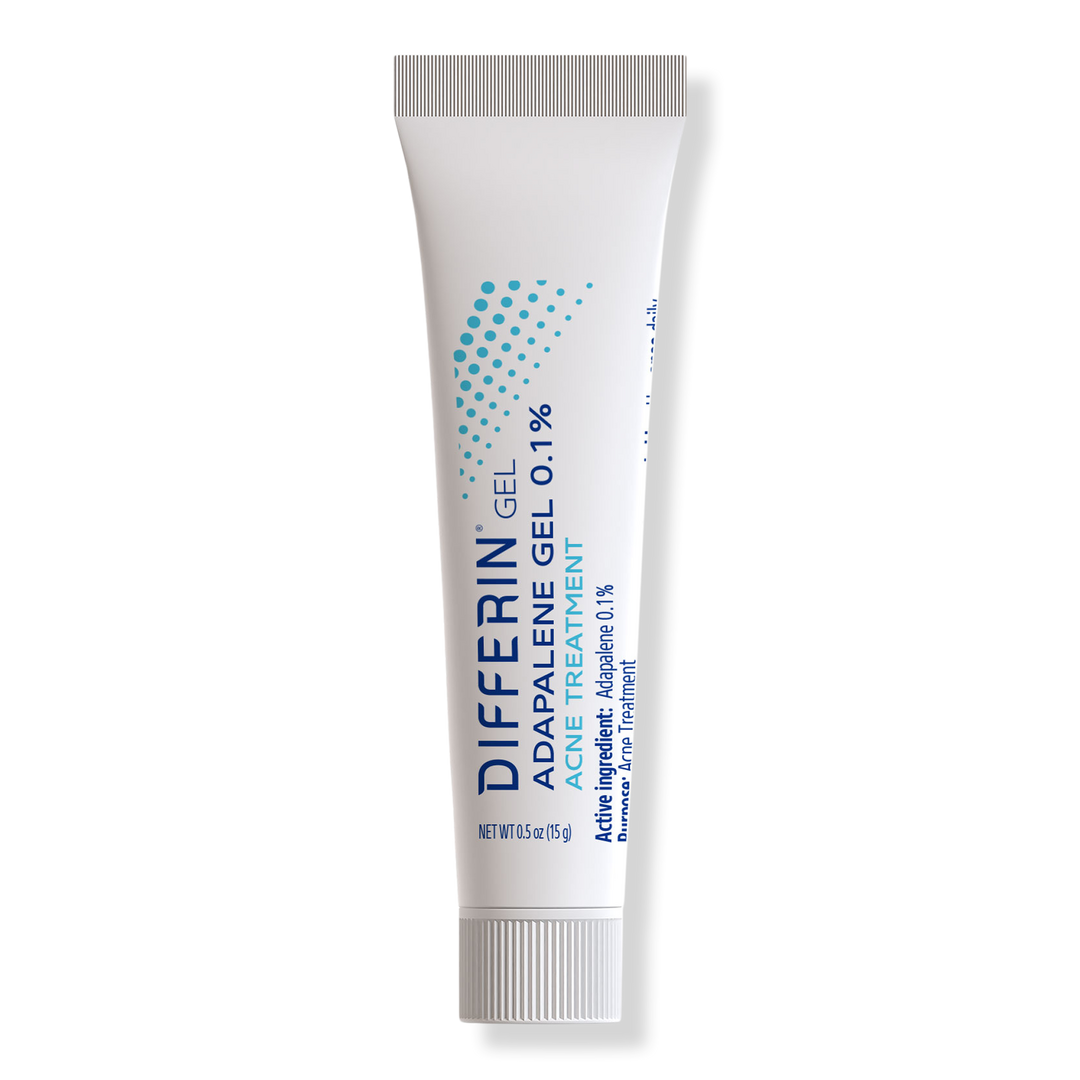
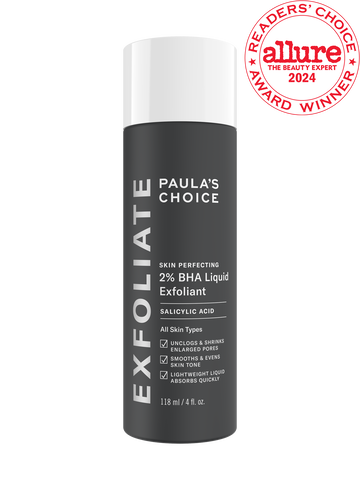
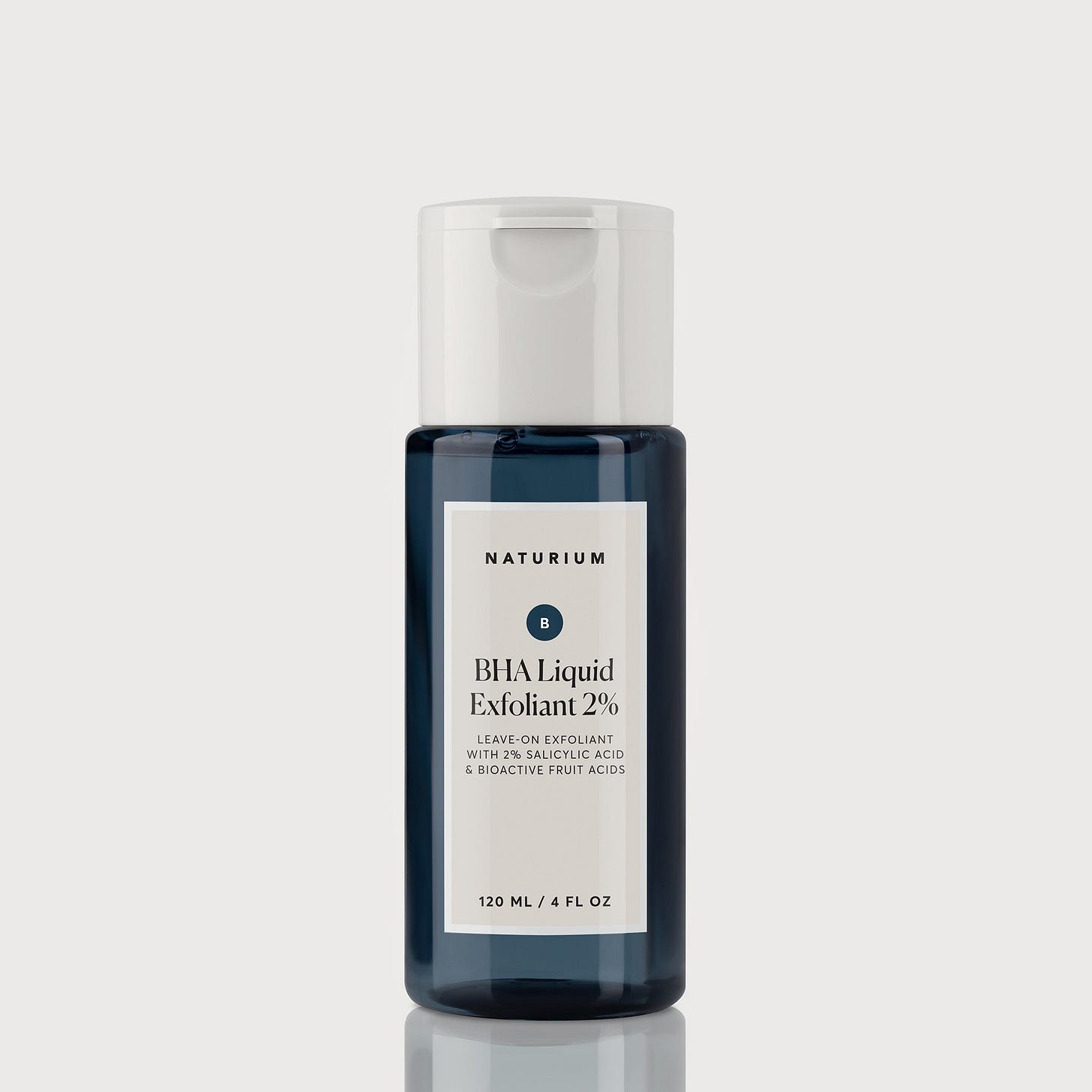
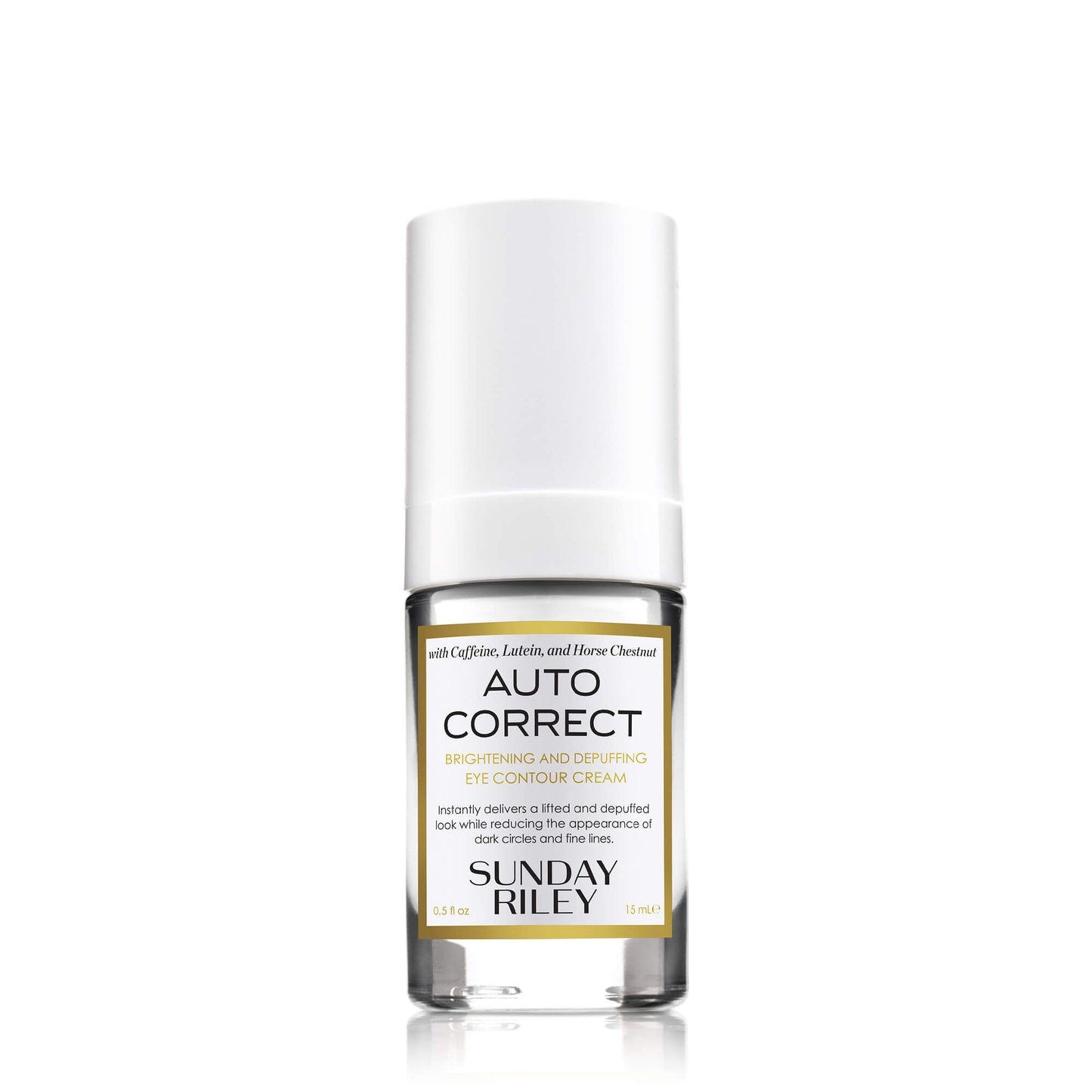





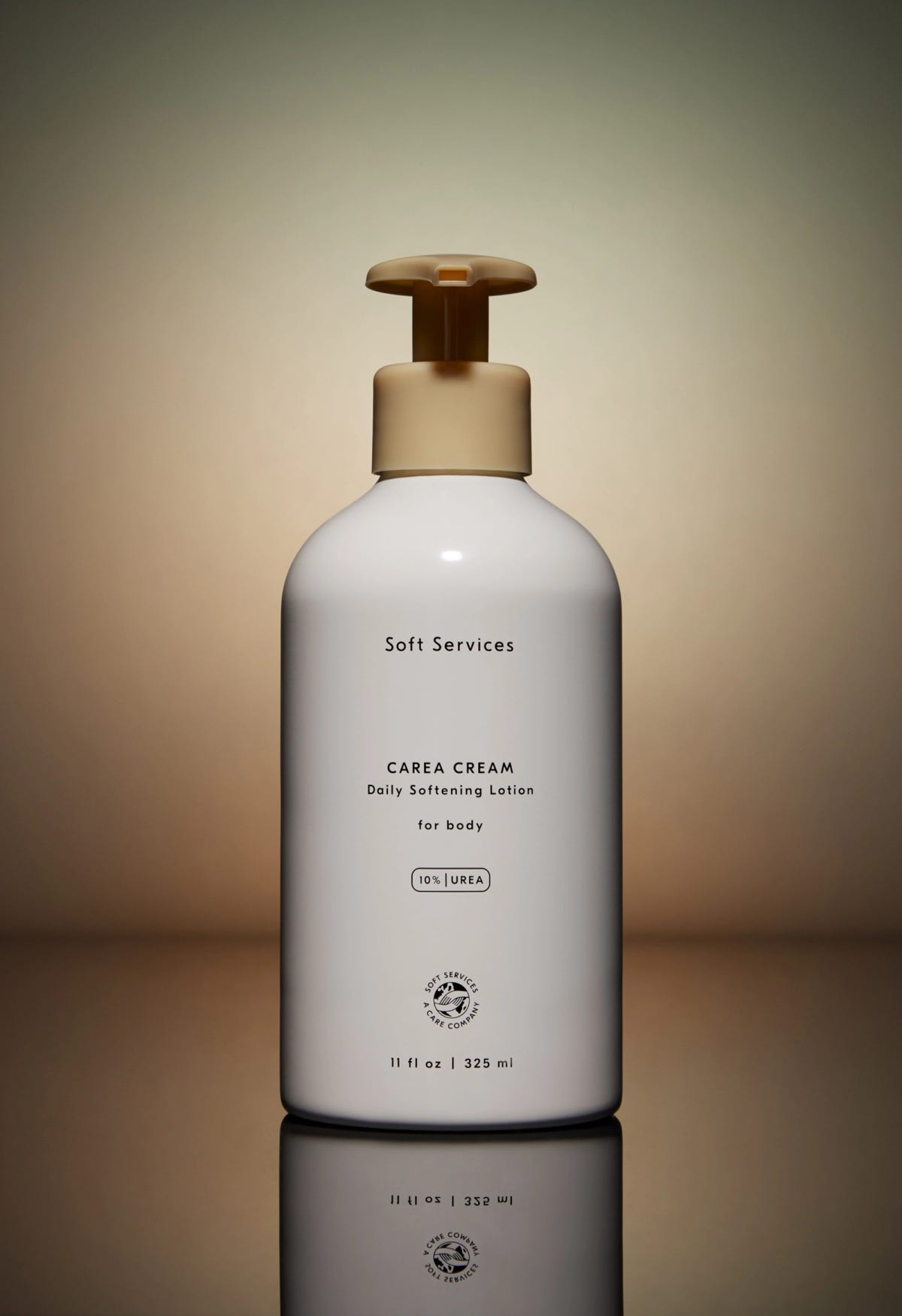


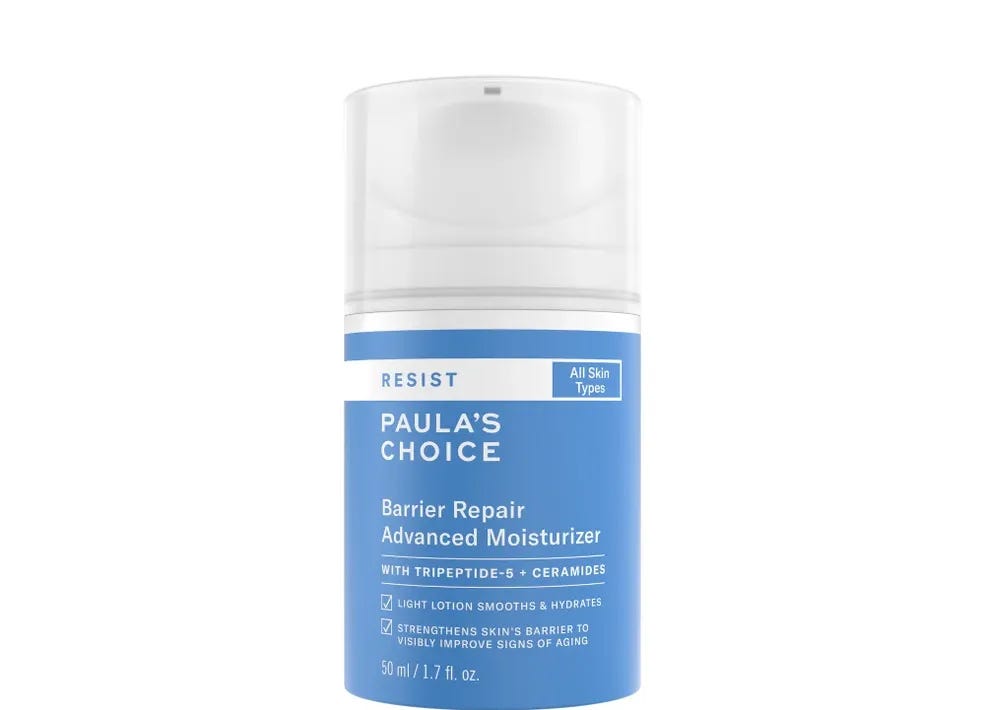


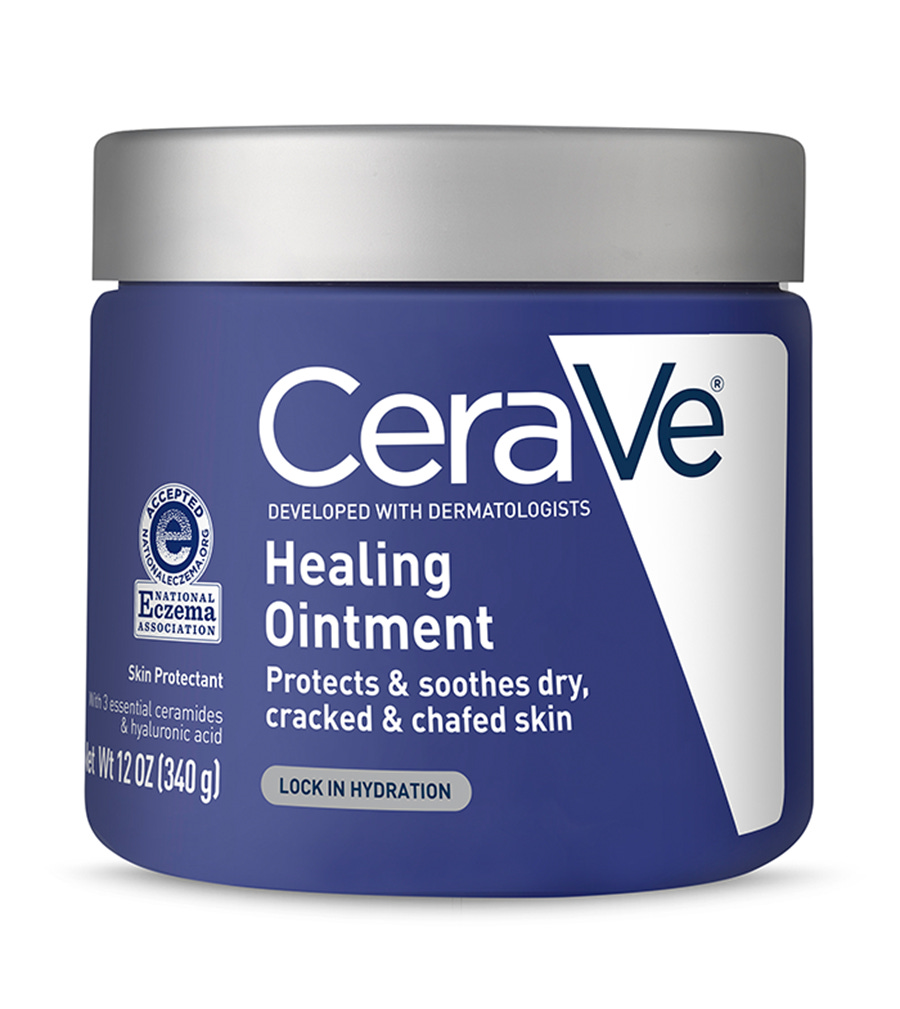
Omg loved this post so helpful